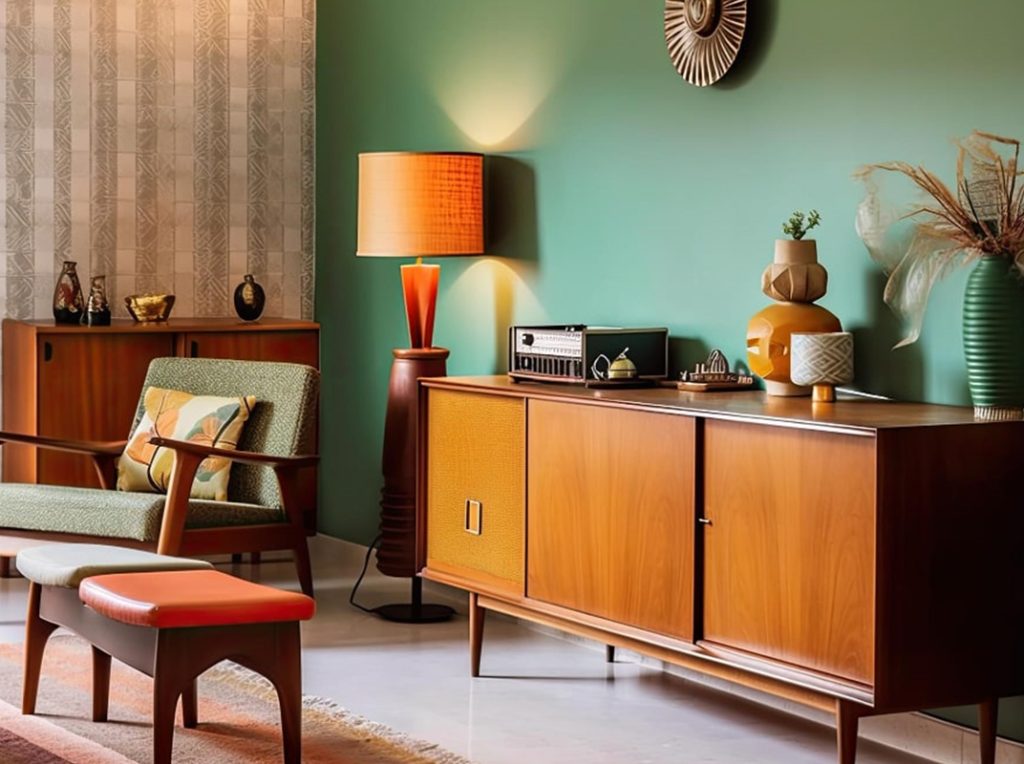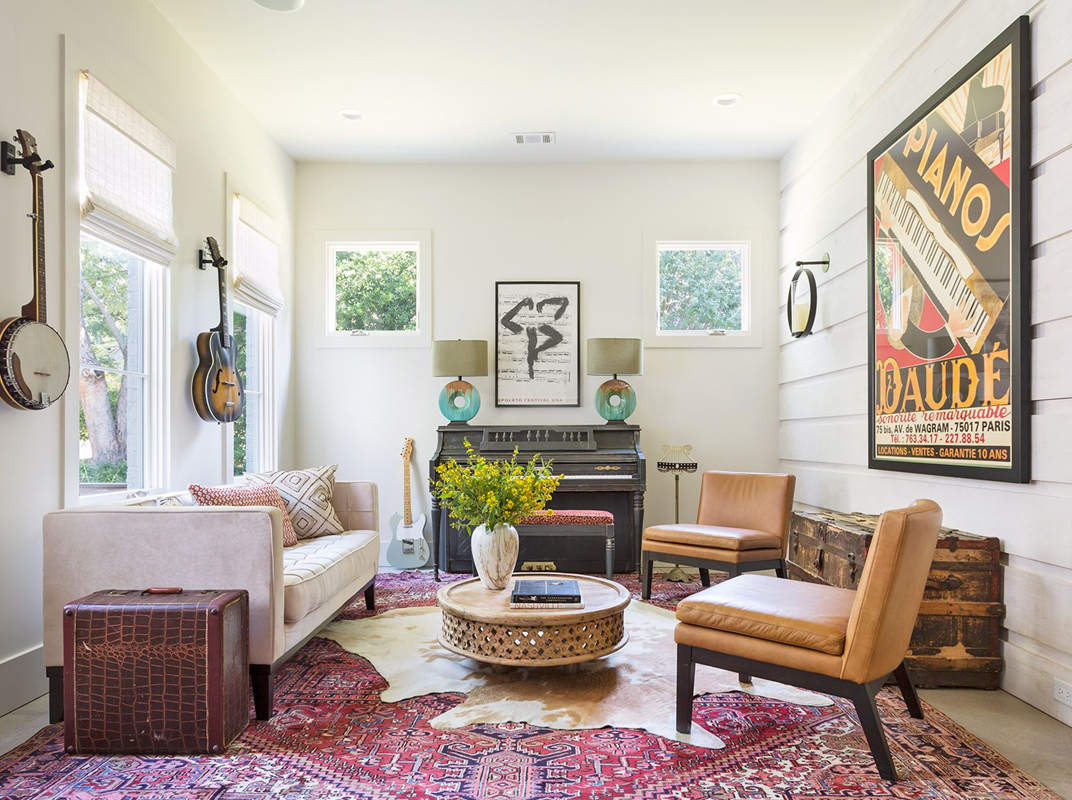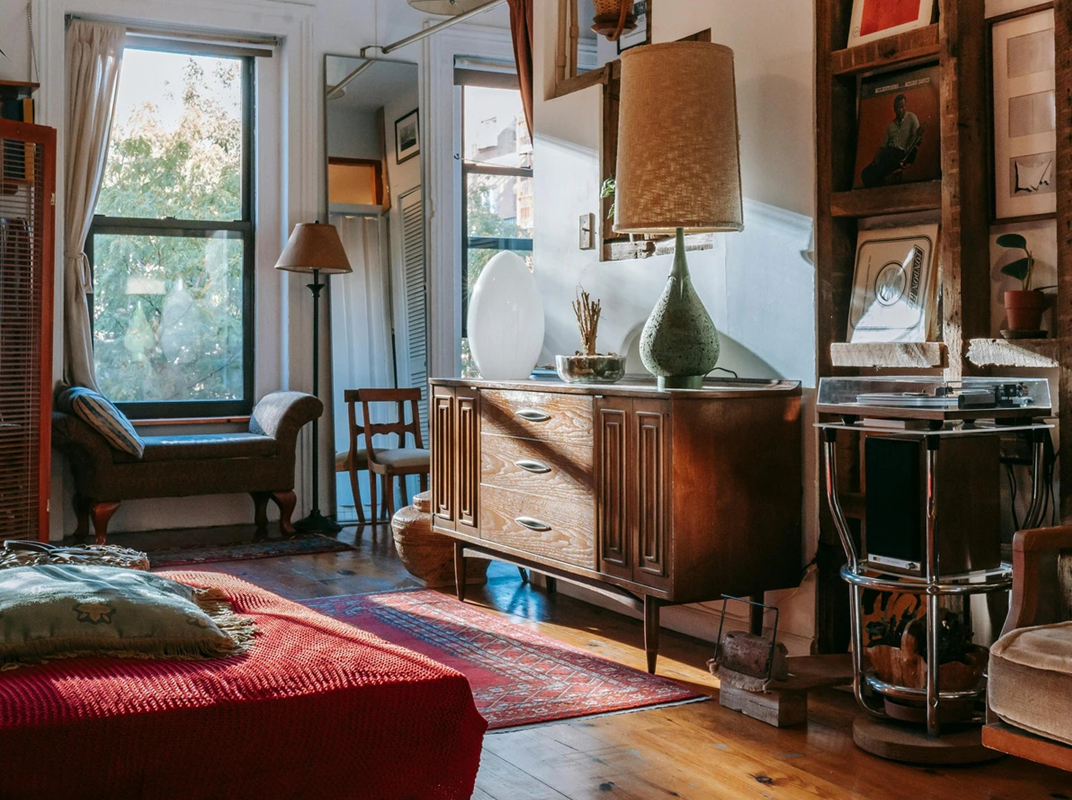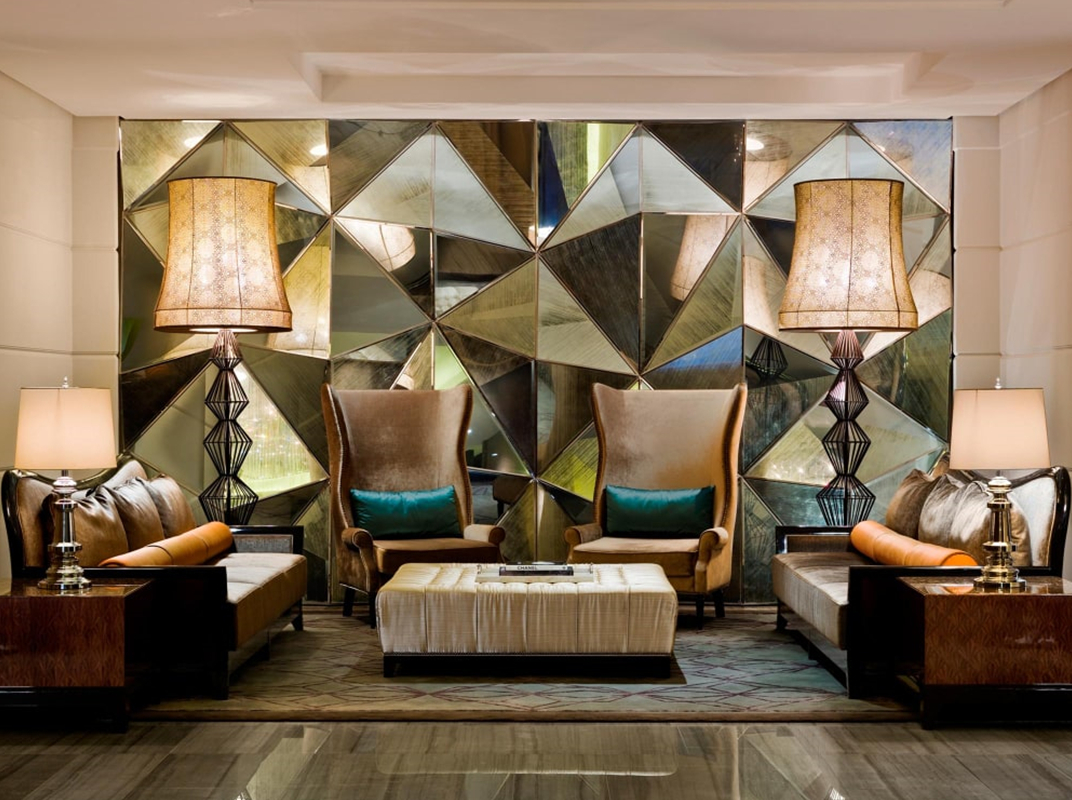At its core, retro furniture is marked by bold choices that reject generic uniformity. The 1950s, for example, brought clean lines and organic curves, seen in tapered wooden legs on tables and chairs, often paired with vibrant upholstery in hues like aqua or coral. The 1970s leaned into texture, with shaggy rugs, velvet sofas in deep oranges or greens, and geometric patterns that added energy to rooms. These pieces weren’t just functional; they were statements, designed to catch the eye and express individuality.
Materials play a key role in defining retro furniture. Mid-century pieces often used solid woods like teak or walnut, prized for their rich grain and durability. The 1960s experimented with plastics, creating sleek chairs and lamps in bold colors. Metal accents, from brass hardware to chrome frames, added shine and contrast, becoming hallmarks of certain decades. These materials weren’t just chosen for looks—they reflected the technological and design trends of their time.

Retro furniture also thrives on functionality with flair. A 1970s modular sofa might fold out to sleep guests, while a mid-century credenza offers hidden storage behind stylish doors. These pieces prove that practicality doesn’t have to mean plainness; instead, they blend use with unique design, making them as useful today as they were decades ago.
What truly defines retro furniture is its ability to evoke nostalgia while fitting seamlessly into modern homes. It’s not about replicating the past, but about bringing in pieces with history, personality, and style that add depth to contemporary spaces. Whether it’s a vintage lamp or a retro dining set, these items tell a story, making a home feel more lived-in and unique.



